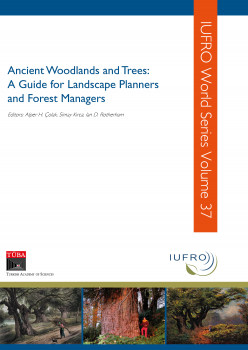The diversity of ancient woodlands in Austria: Historical developments and contemporary social importance

The diversity of ancient woodlands in Austria: Historical developments and contemporary social importance
Austrian landscapes range from plains at approximately 100 metres above sea-level to the Alps with peaks at almost 4,000 m. With a share of 47% the forest surface is an important element. One can assume that forests have been used intensively in the course of time and have been impacted by an increasing industry and population, but also by climate change. In some areas the utilization caused the modification of forest stands in particular with regard to the density, composition of tree species and age structure and reduced the extent of the forest area. However, despite these long-term interventions in the forest ecosystem the forests have never been cleared totally and about 30% of the territory remained wooded even in times of heavy exploitation. This is the reason why the share of natural forests is still relatively high. Today, some of these forests now form important assets of the Austrian network of protected forest areas. In this study I want to highlight the socioeconomic and ecological factors in the past which were responsible for this development. It will be illustrated by two case studies from different geographical regions. This examination can contribute to improving the knowledge base for decision making at the internodes of energy, biodiversity and forest policy as well as in forest resource management.
